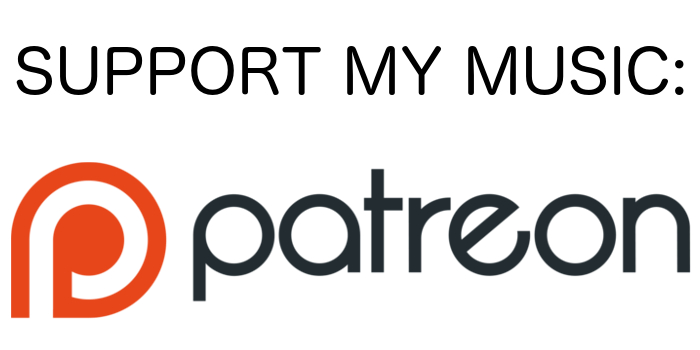Recording “The Call” Part 1.
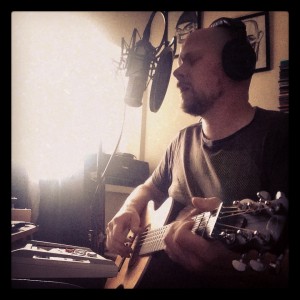 As you know, my fourth album “The Call” was released yesterday. Some of you have been asking about my recording setup, and I thought this would be as good time as any to talk about it a bit. I had an interest in recording music almost as far back as I’ve been playing music. I did few short courses on the subject back in Finland and I also had an access to a small eight track studio run by the local church youth department. It was nothing fancy, but still it was a proper studio with an eight track reel to reel Tascam tape machine, selection of mics, desk, speakers, all the basics to keep you going. But in late 2000 I was recording an album with Sliotar that was produced and recorded by Paul Thomas. Paul’s credits in the music business run long and deep, but one thing I learned long ago from silly friends is not to ride on someone else’s credit, so let’s just say he is a very experienced studio engineer (although no longer in the business). Me and Paul struck a friendship and he was very generous with his time and knowledge of recording. I soaked the information like a sponge.
As you know, my fourth album “The Call” was released yesterday. Some of you have been asking about my recording setup, and I thought this would be as good time as any to talk about it a bit. I had an interest in recording music almost as far back as I’ve been playing music. I did few short courses on the subject back in Finland and I also had an access to a small eight track studio run by the local church youth department. It was nothing fancy, but still it was a proper studio with an eight track reel to reel Tascam tape machine, selection of mics, desk, speakers, all the basics to keep you going. But in late 2000 I was recording an album with Sliotar that was produced and recorded by Paul Thomas. Paul’s credits in the music business run long and deep, but one thing I learned long ago from silly friends is not to ride on someone else’s credit, so let’s just say he is a very experienced studio engineer (although no longer in the business). Me and Paul struck a friendship and he was very generous with his time and knowledge of recording. I soaked the information like a sponge.
I’m only stating the above to point out that I have been lucky enough to make a sh*t load of mistakes in the recording and be corrected and guided by some extremely experienced people. I got to ask the silly questions and as a result I would say I know now what I am doing, even though still every recording session is a learning curve. This does not mean you cannot do it, just the opposite. We live in a time where information is at our fingertips. Go online, read up, watch tutorials, make mistakes, learn from them and you will get good at it as well.
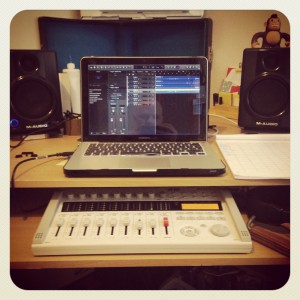 I have had an access to some sort of recording setup pretty much since I got my first computer. But few years when the Zoom R16 came out, I knew what I wanted was out there and I could get my own recording setup for a reasonable price. Zoom R16 is the basis of my setup. It can be used as an interface, controller for your daw and also as an independent recording unit. It has enough inputs (eight) for me to record me and my acoustic guitar live, record drums if I want and pretty much anything between. The Preamps are not anything fancy, but they are silent and do the job. It also has two builtin microphones, which I have found an interesting use, but more on that in a bit. I connect the R16 into my Mac Book Pro, which runs Logic Pro X. I used to use PC and Cubase, which is a very user friendly program as well.
I have had an access to some sort of recording setup pretty much since I got my first computer. But few years when the Zoom R16 came out, I knew what I wanted was out there and I could get my own recording setup for a reasonable price. Zoom R16 is the basis of my setup. It can be used as an interface, controller for your daw and also as an independent recording unit. It has enough inputs (eight) for me to record me and my acoustic guitar live, record drums if I want and pretty much anything between. The Preamps are not anything fancy, but they are silent and do the job. It also has two builtin microphones, which I have found an interesting use, but more on that in a bit. I connect the R16 into my Mac Book Pro, which runs Logic Pro X. I used to use PC and Cubase, which is a very user friendly program as well.
I do not want to turn this into a Mac v PC debate, but let me just say this as even though people hinted at it, no one told me this straight out. Since I moved to Mac, my work flow has sped up dramatically! And I would not go back. I know PC’s are cheaper, but I bought my Mac book second hand for very much the same money I would have spent on a new PC.
Another small side note. What I get asked often is why I don’t use Pro Tools. For years Pro Tools was ahead of the pack, it was the best the money could buy and as became the industry standard in many ways. For me it comes down to two big things, how fast I can work and how comfortable the work on it is. For years the look of Pro Tools was gray and it looked like a piece of software designed for accountants… I found it was very tiring on my eyes during long recording sessions. I found both Cubase and Logic Pro to be much more “musician friendly” and nicer to work with when you put in the 12hour days. Now, the playing field has been levelled dramatically. There are so many softwares out there that all can do amazing things. For me the Logic Pro x ticks all of the boxes between being a professional quality tool, very reasonable price and comfortable to work with. Also as to Pro Tools being the industry standard? Four friends of mine have their own recording studios, all professional studios, all of them run on Logic Pro…
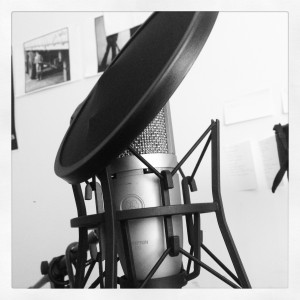 Ok, back to my setup. So I had bought few microphones good ten years ago on a trip to Estonia. A matched pair of Octavas MK 012’s. They are small diaphragm condenser microphones that have become my go to tool for acoustic guitar and drum overheads. So I needed a good vocal microphone. After doing my research purchased an AKG Precision 220. Even at the time it was good value, but the current version is genuinely a bargain for the quality you get out of it. Short side note on microphones. Condenser microphones are very detailed and great, but also pick up stuff you might not like. The acoustics of my small studio/office are very tricky as all of the walls are so close. So I am looking into upgrading my vocal microphone possibly to Shure SM7, but we shall see, more research required 😉
Ok, back to my setup. So I had bought few microphones good ten years ago on a trip to Estonia. A matched pair of Octavas MK 012’s. They are small diaphragm condenser microphones that have become my go to tool for acoustic guitar and drum overheads. So I needed a good vocal microphone. After doing my research purchased an AKG Precision 220. Even at the time it was good value, but the current version is genuinely a bargain for the quality you get out of it. Short side note on microphones. Condenser microphones are very detailed and great, but also pick up stuff you might not like. The acoustics of my small studio/office are very tricky as all of the walls are so close. So I am looking into upgrading my vocal microphone possibly to Shure SM7, but we shall see, more research required 😉
I also did my research on the monitors and my winner in the price/ quality winner was M-Audio AV30 Studiophile active speakers. On top of this I use Audio-Technica ATH-M40 headphones and Shure SM57 microphone for when I record Electric guitar.
All of the above equipment is in my opinion brilliant value for money and hard to beat. With the above setup you can make a brilliant recording, in fact many of my recordings done with this setup, stands up proudly against many professional studio recordings. But obviously you need to know how to use it, which I think is one of the best skills for any musician to learn.
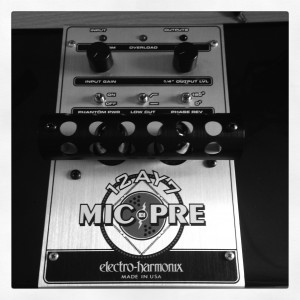 On top of all this I have one more piece of equipment I’d like to mention. There is a world of microphone pre-amps that can be wonderful, but expensive. There are many budget options, which are not always much better than the built in option in your sound card and in my case in the Zoom R16. I know many people get exited about having a budget valve (tube for my American friends) microphone pre-amp, but more often than not, the valve is nothing more than a nice light in the budget pre-amps… So I advice you to do your research carefully before you spend money on a microphone pre-amp. I have a tricky piece of kit, that has a lot of problems, so I would not recommend it to anyone without knowing the problems with it, but I love it. This is Electro Harmonix 12ay7 mic pre. It has a lovely open sound, but the problem is due to its small voltage power supply it is very prone to electrical interference. In my studio this results in a 100hz hum. But my vocals do not hold much of goodness around the 100hz so I managed to EQ this out of the signal. Apparently there are modifications that can be done with this mic-pre that would turn into very good mic-pre. But as it is, I would recommend you try before you buy, it might not be for you.
On top of all this I have one more piece of equipment I’d like to mention. There is a world of microphone pre-amps that can be wonderful, but expensive. There are many budget options, which are not always much better than the built in option in your sound card and in my case in the Zoom R16. I know many people get exited about having a budget valve (tube for my American friends) microphone pre-amp, but more often than not, the valve is nothing more than a nice light in the budget pre-amps… So I advice you to do your research carefully before you spend money on a microphone pre-amp. I have a tricky piece of kit, that has a lot of problems, so I would not recommend it to anyone without knowing the problems with it, but I love it. This is Electro Harmonix 12ay7 mic pre. It has a lovely open sound, but the problem is due to its small voltage power supply it is very prone to electrical interference. In my studio this results in a 100hz hum. But my vocals do not hold much of goodness around the 100hz so I managed to EQ this out of the signal. Apparently there are modifications that can be done with this mic-pre that would turn into very good mic-pre. But as it is, I would recommend you try before you buy, it might not be for you.
OK, this is turning into a long one 😀 So the above is my basic studio setup. I will continue this subject in part 2 with my recording tips and tricks used on my latest album “The Call“.
J.P.
The author J.P. Kallio is a singer songwriter
To get three of his free songs go HERE and click Download
-
Recent Posts
Categories
-

Enter your info below, and you will immediately be sent EIGHT of J.P.'s
Songs
